
Lemongrass in Vietnam: From Backyard Gardens to Bold Dishes and Traditional Remedies
Lemongrass is one of the most versatile and widely used herbs in Vietnam. It brings a fresh citrus aroma to savory dishes, plays a role in folk medicine, and is easy to grow in home gardens or farms. Here’s a closer look at how this humble stalk shapes Vietnamese cooking and daily life.
What is lemongrass?
How to prepare
Culinary uses
Growing & harvesting
Folk medicine uses
FAQs
What is lemongrass?
Overview
Vietnamese name: sa
Shape and appearance: tall, grass-like plant with long, slender green stalks and a bulbous base
Flavor profile: citrusy, lemony, and slightly peppery with a fresh, bright aroma.
How to enjoy it: in Vietnam, lemongrass is used to flavor soups, stir-fries, and herbal teas.
Lemongrass is a tropical herb widely grown and used across Southeast Asia, especially in Vietnam. It grows in clusters, with tall, slender stalks reaching about 1 to 1.5 meters high. Each plant has two main parts: the lower stalk and the upper leafy portion.
In Vietnamese cooking, the lower stalk is most commonly used. Before using, the tough outer layers are peeled away to reveal the soft inner core, which is then finely chopped or bruised to release its bright, citrusy aroma.
This part is not only essential in savory dishes like soups and stir-fries but is also commonly simmered to make soothing herbal teas. The long green leaves can also be used in teas or infusions, though they’re less frequently included in cooking.
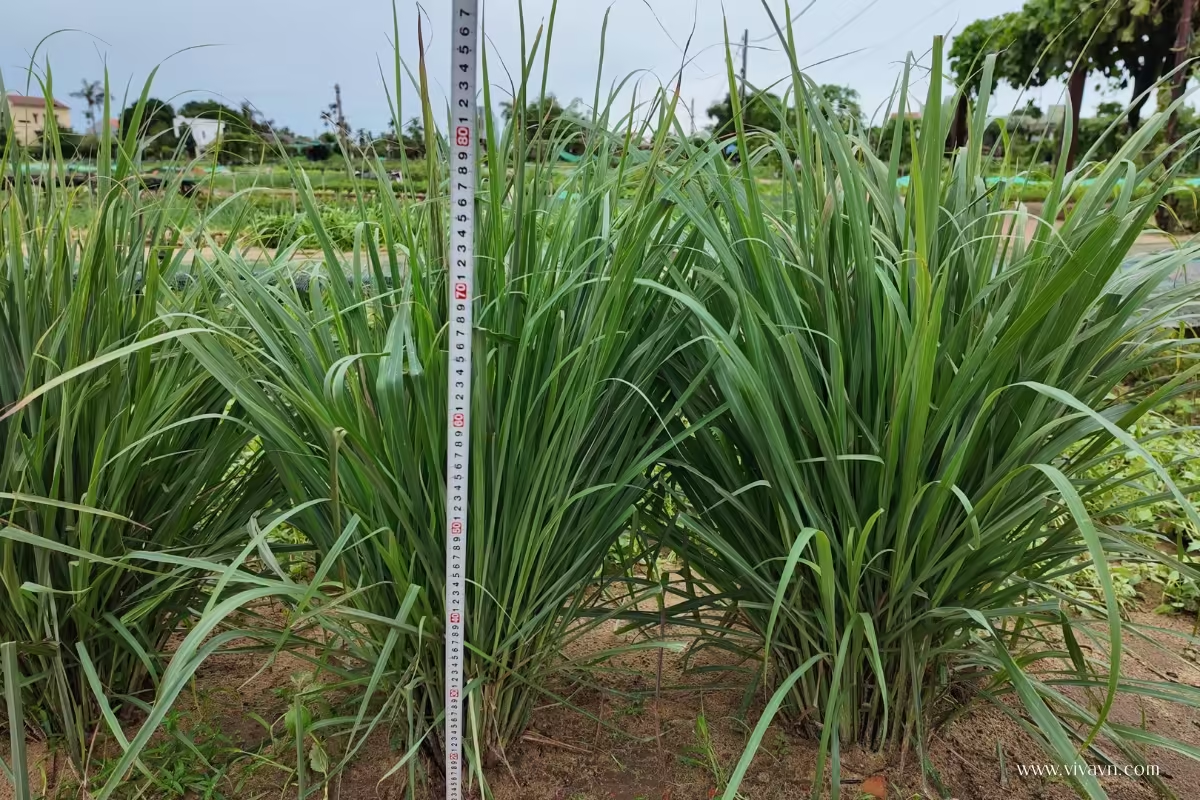
Measuring a lemongrass plant in a Vietnamese garden—this one stands about 80 cm tall, ready for harvest.
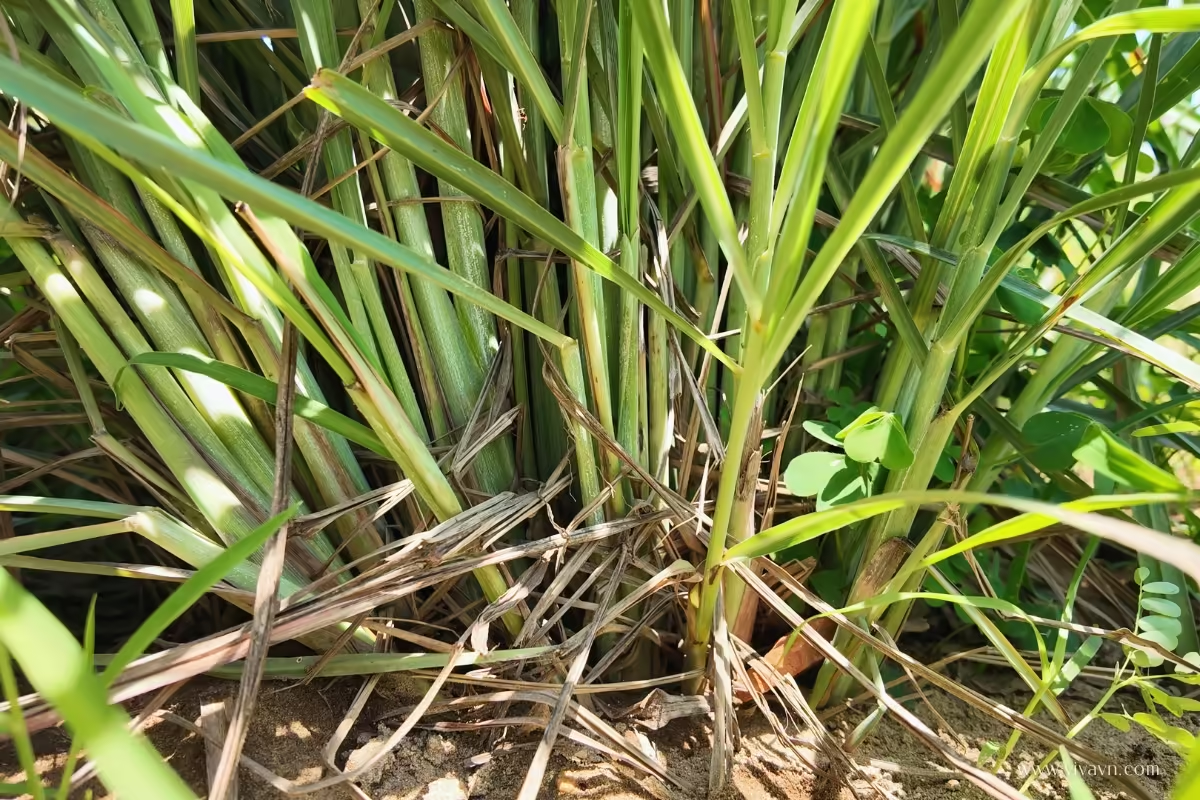
At the base of the plant, lemongrass stalks grow tightly packed
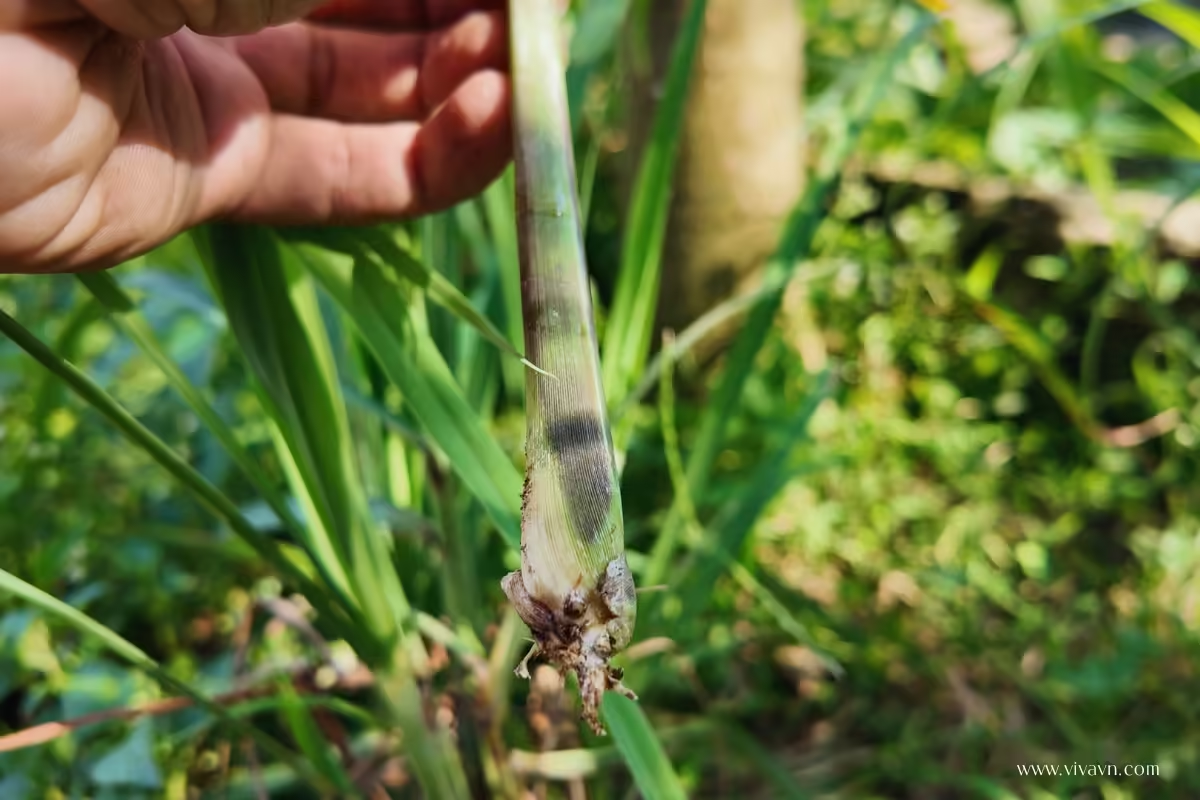
Close-up of lemongrass stalks near the base—this is the part most commonly used in Vietnamese cooking
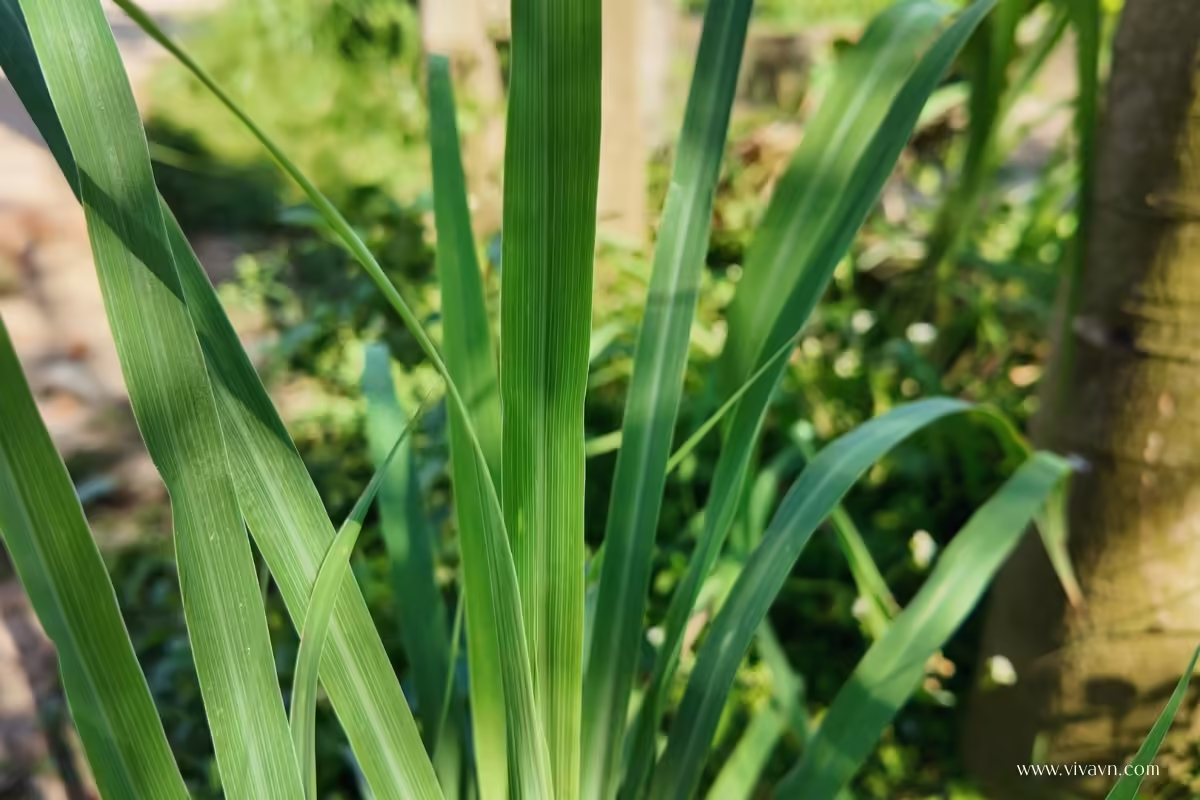
Lemongrass leaves—less common in cooking.
Peeling and cutting lemongrass: A quick how-to
To use lemongrass in cooking, start by giving the stalks a good rinse under water. Then trim off the root end and the top, keeping only the lower 3 to 4 inches (8 to 10 cm) of the stalk—the pale, firm section near the base, where the flavor is most concentrated. Peel away the tough outer layers to reveal the tender core inside.
For soups and stews, lemongrass is often bruised and added whole or in large sections to infuse flavor, then removed before serving. For stir-fries or marinades, it’s usually minced finely so it blends well with other ingredients.
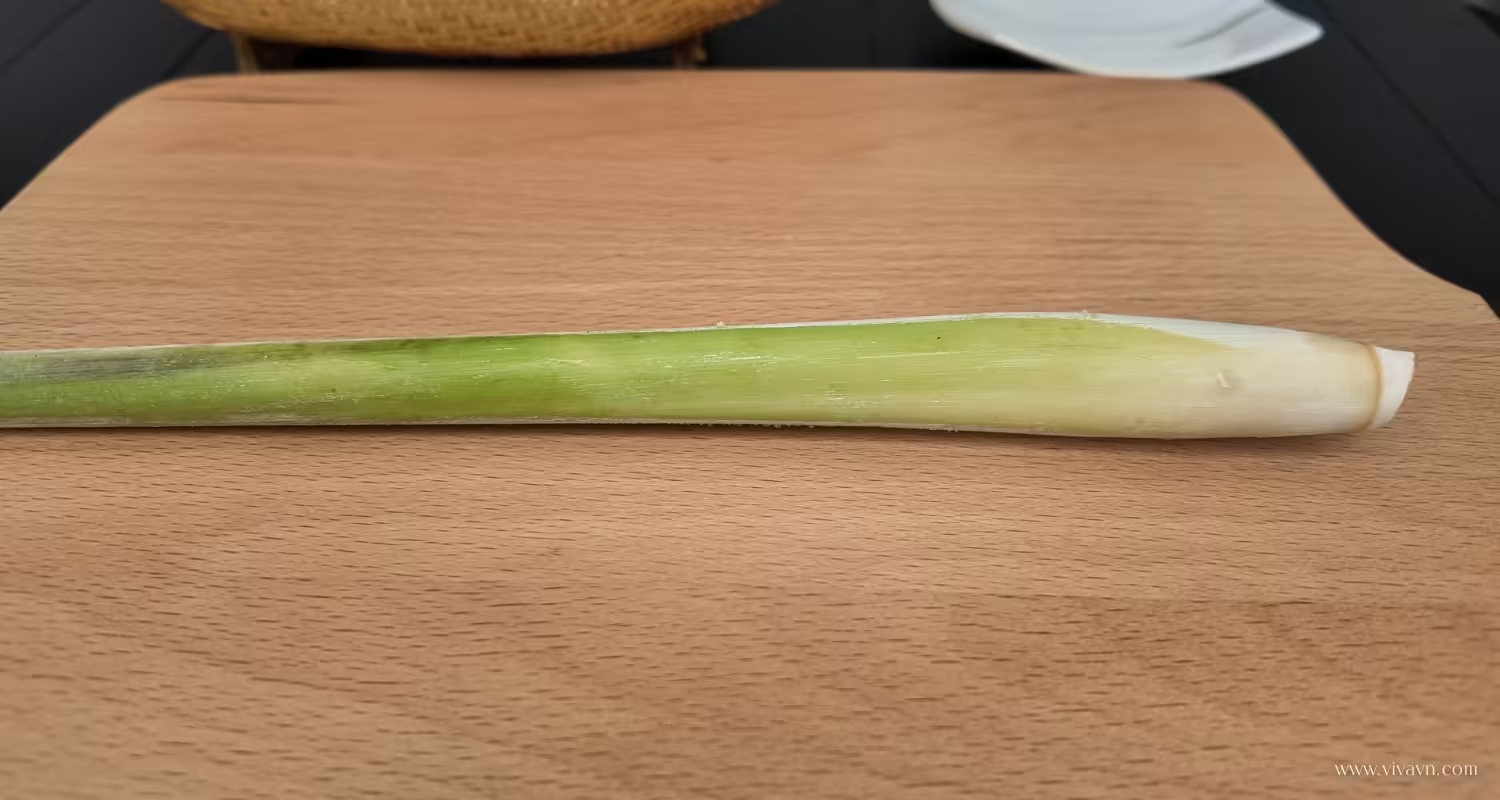
Whole lemongrass stalk as commonly found in Asian grocery stores
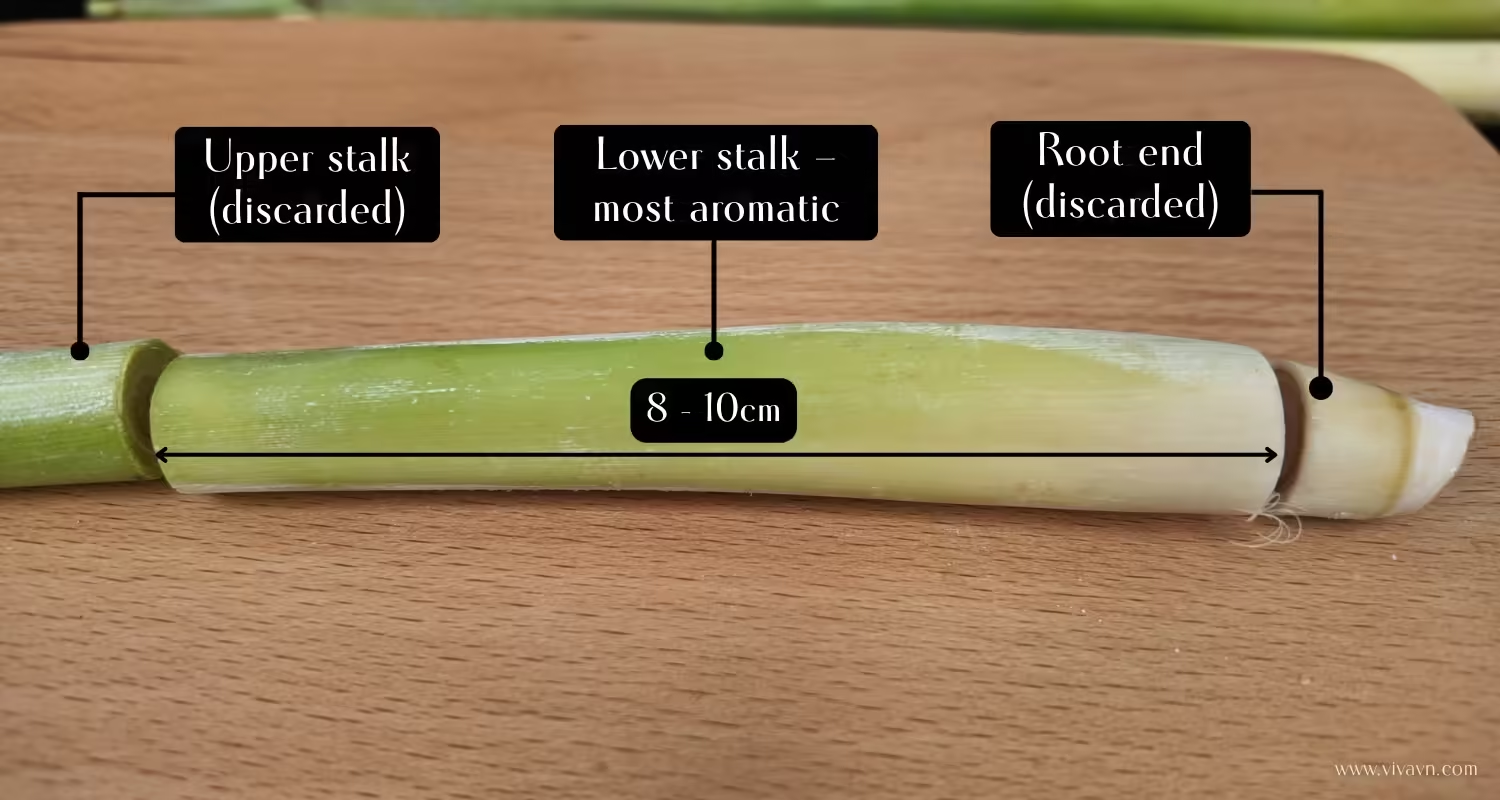
Step 1: Trimming lemongrass to use only the most flavorful part—the tender lower stalk.
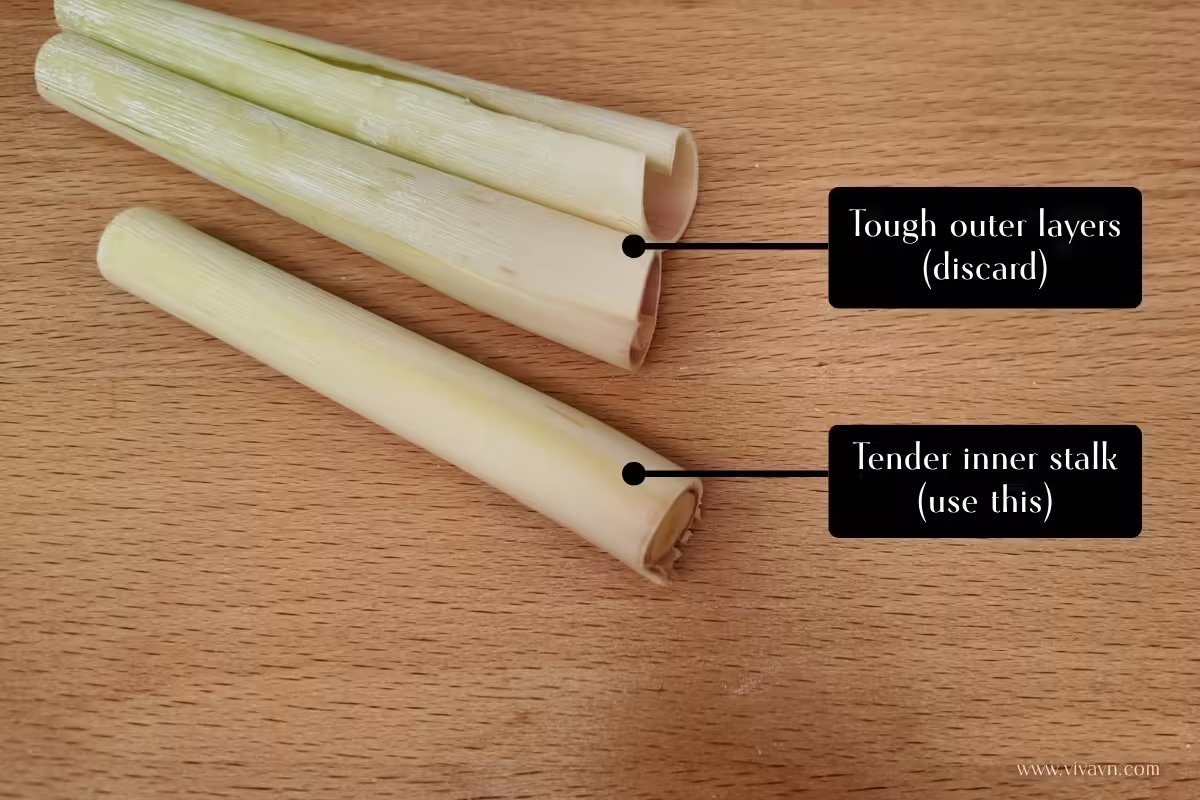
Step 2: Peel away the tough outer layers to get to the soft, fragrant core.
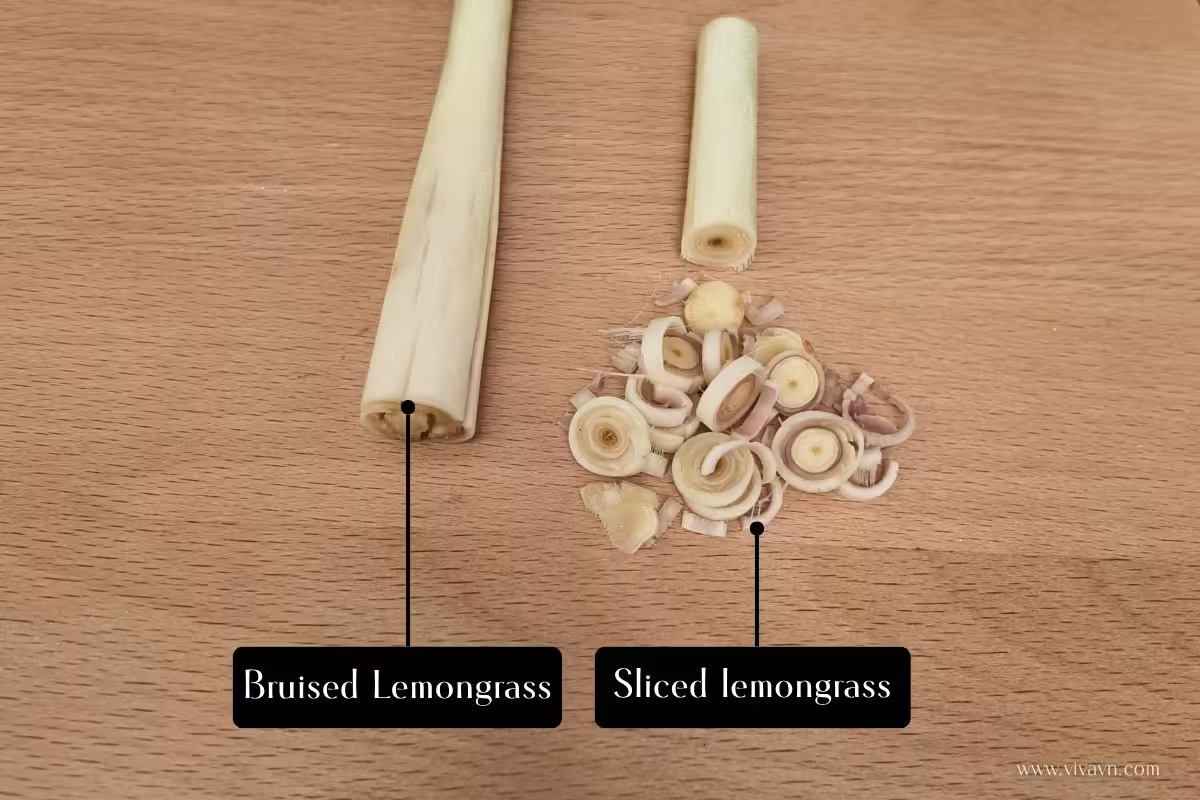
Step 3: Sliced or bruised—two classic ways to prep lemongrass for Vietnamese dishes.
Popular Vietnamese dishes with lemongrass
Lemongrass tea (tra sa)
In Vietnam, lemongrass isn’t just for savory dishes—it also finds its way into warm, comforting drinks. One simple and beloved example is lemongrass tea, a type of herbal tea enjoyed for both its flavor and soothing properties. It’s made by gently simmering fresh lemongrass stalks, then adding honey and a bit of lemon juice. The result is a light, fragrant tea with a subtle citrus aroma and a naturally sweet, soothing flavor. Many people enjoy it as a way to unwind after a long day, and it’s often served at home rather than in cafés.
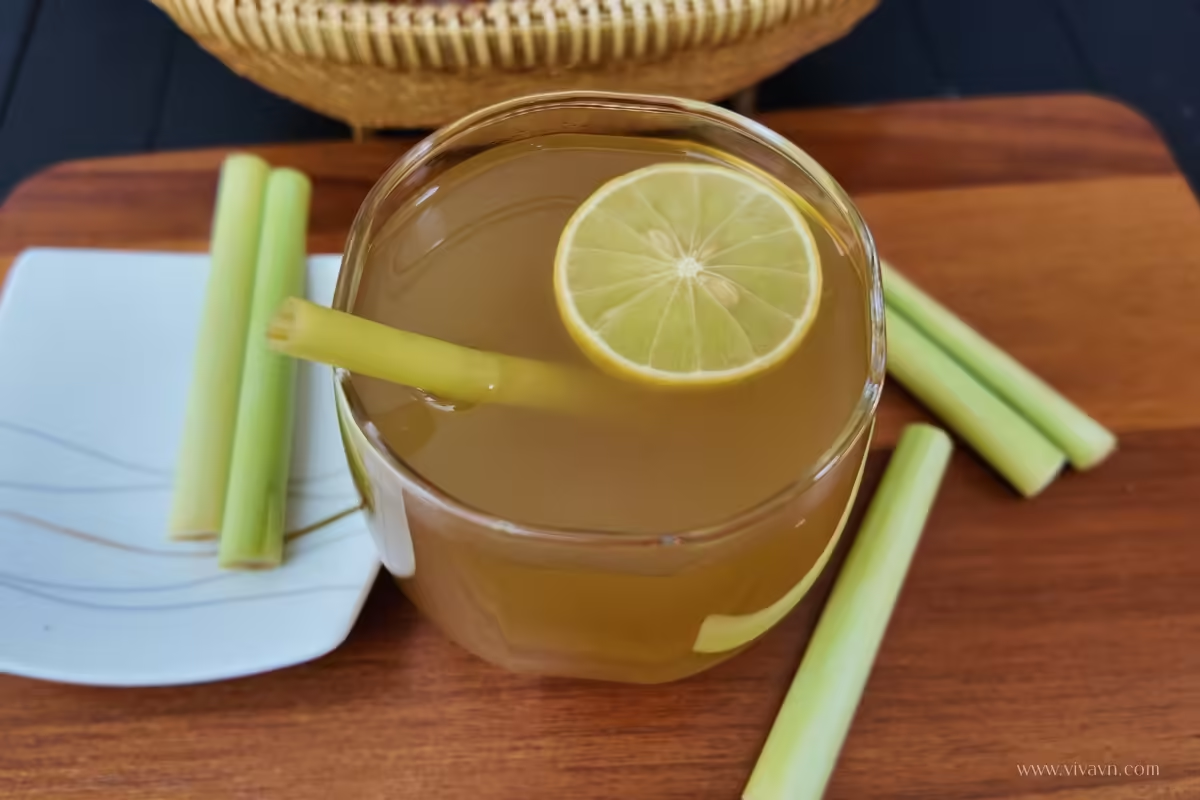
A warm cup of lemongrass tea—light, fragrant, and soothing.
Lemongrass chicken stir-fry (ga kho sa)
Another popular way lemongrass is used in Vietnam is in lemongrass chicken stir-fry. The chicken is chopped into bite-sized pieces, then marinated with finely chopped lemongrass and a mix of traditional Vietnamese spices. After soaking up all the flavors, it’s stir-fried over high heat until the chicken is tender and aromatic. The dish is bold, slightly spicy, and full of rich, savory notes—perfect for serving with a bowl of warm rice

Lemongrass chicken stir-fry—bold, savory, and full of flavor. A classic Vietnamese dish best enjoyed with a bowl of warm rice.
Hue beef noodle soup (bun bo Hue)
One of Vietnam’s most iconic dishes, bun bo Hue is all about its bold, flavorful broth. The soup base is simmered with beef bones, pork bones, fermented shrimp paste, lemongrass, and a blend of traditional Vietnamese spices like chili, garlic, shallots, and fish sauce. The lemongrass is bruised and slow-simmered, giving the broth its signature citrusy aroma that sets it apart from other noodle soups. The result is a rich, spicy, and deeply aromatic dish that’s both comforting and full of character.
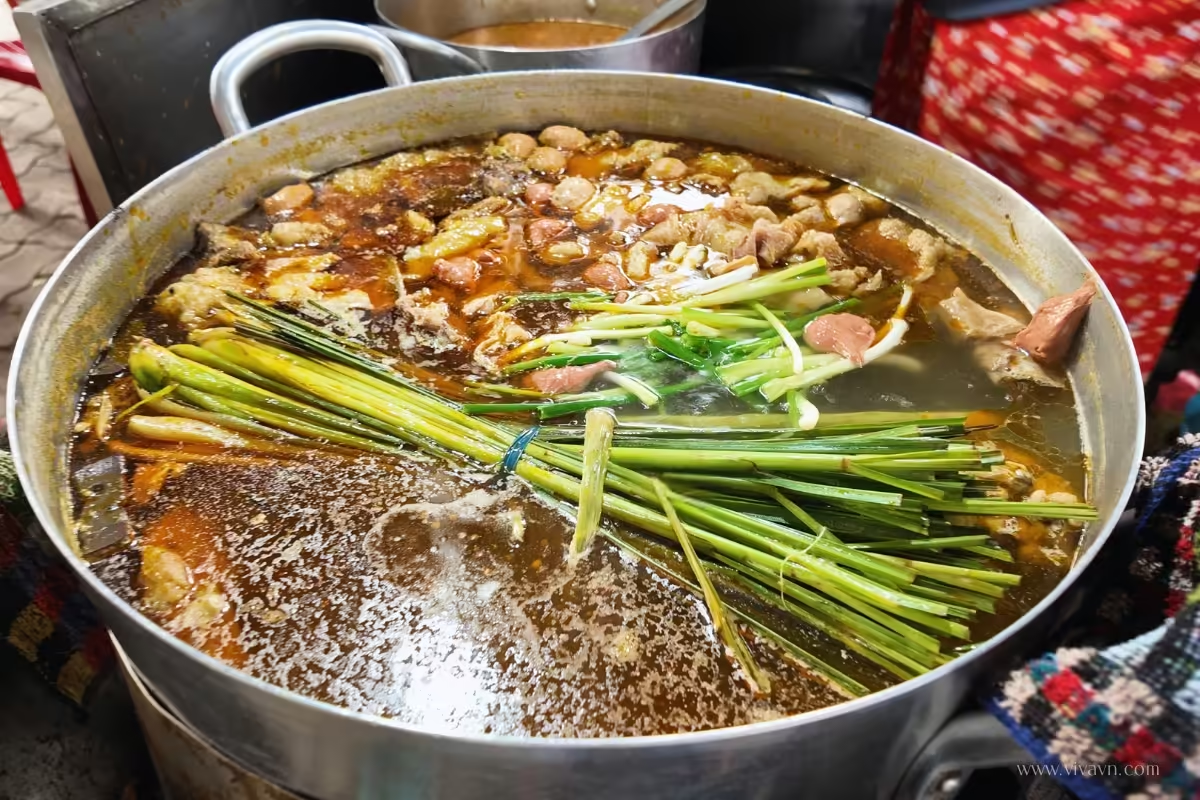
A simmering pot of bun bo Hue broth—rich, spicy, and aromatic with lemongrass and bold Vietnamese spices.
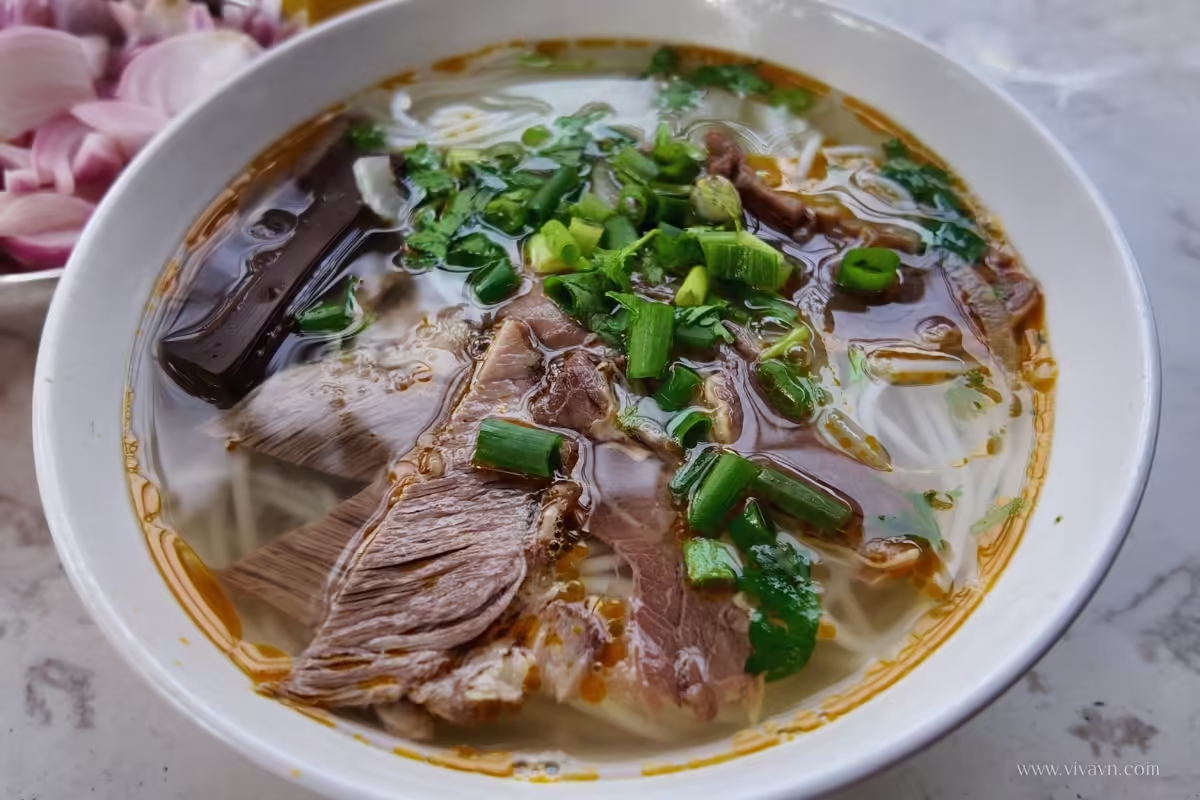
A bowl of bun bo Hue topped with sliced beef, congealed blood, and fresh herbs—spicy, savory, and full of Central Vietnamese character.
Growing and harvesting lemongrass in Vietnam
In Vietnam, lemongrass is something almost every rural household grows. In the countryside, you’ll often see clumps of lemongrass growing in backyard gardens. It’s low-maintenance and thrives in the warm, humid climate.
The most common way to grow lemongrass is by planting a stalk directly into the soil. Over time, this single stalk multiplies into a dense cluster. Within three to four months, it’s ready to harvest.
Farmers typically use a sharp knife or garden shears to cut the stalks about 3 to 5 centimeters above the ground. This method encourages the plant to regrow, allowing for multiple harvests from the same bush. After harvesting, the upper leafy part is usually trimmed off, and only the firm, fragrant lower stalk is kept, ready to be sold at markets.
At local markets, you’ll often see baskets full of freshly harvested lemongrass, bundled neatly alongside other aromatic herbs and spices.

A woman carefully harvests lemongrass in a home garden
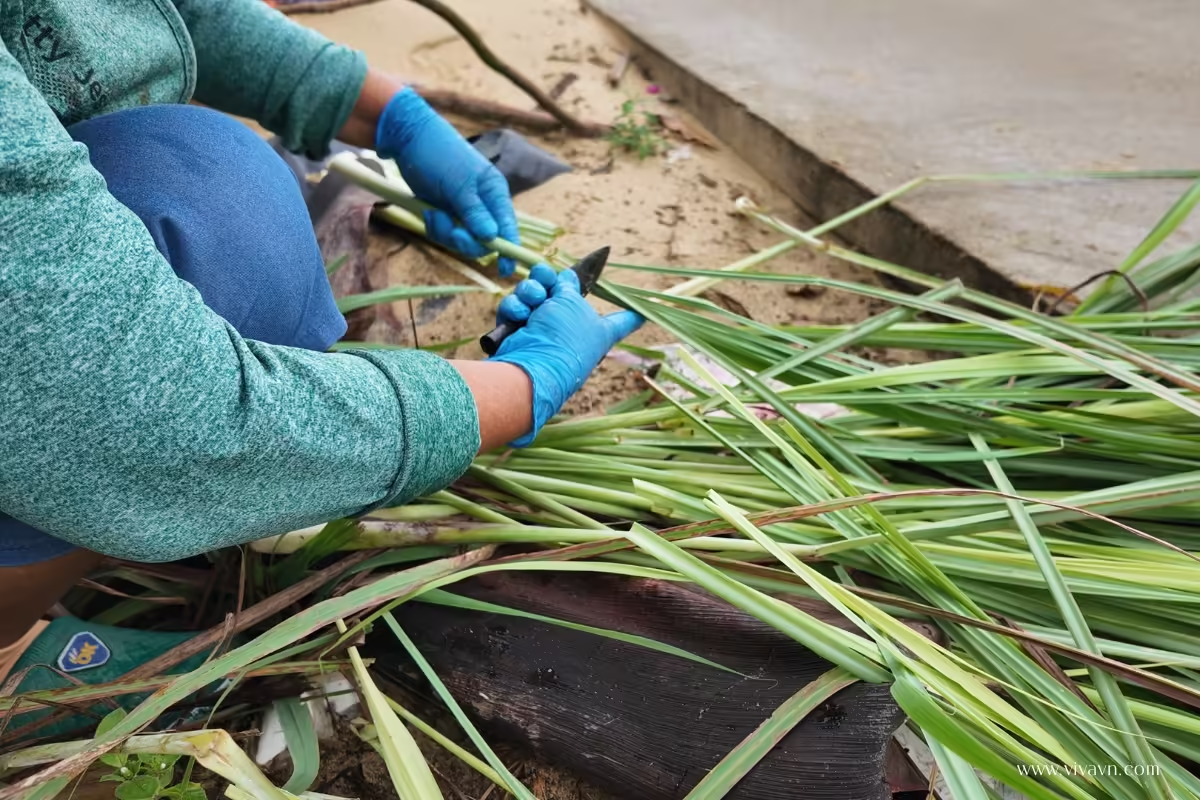
After harvest, lemongrass stalks are trimmed to remove the long leaves
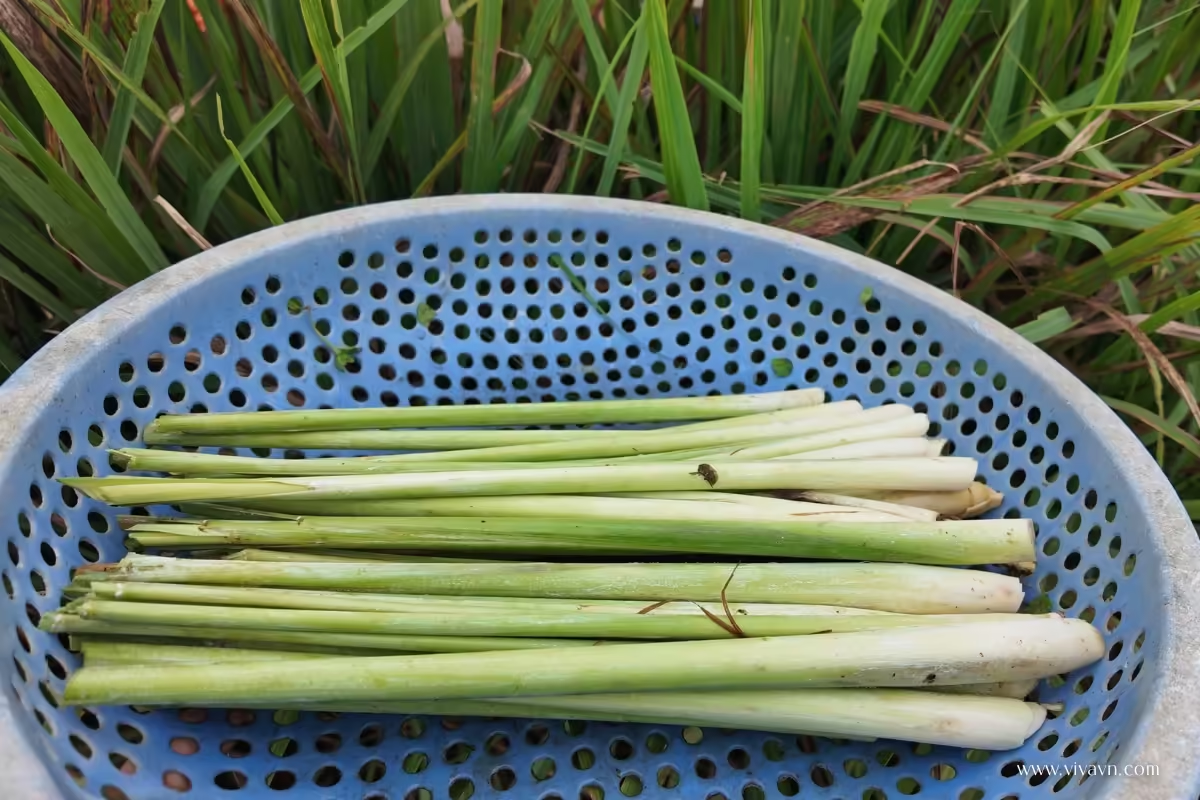
A basket of lemongrass stalks just harvested—clean, aromatic, and ready for cooking or sale.
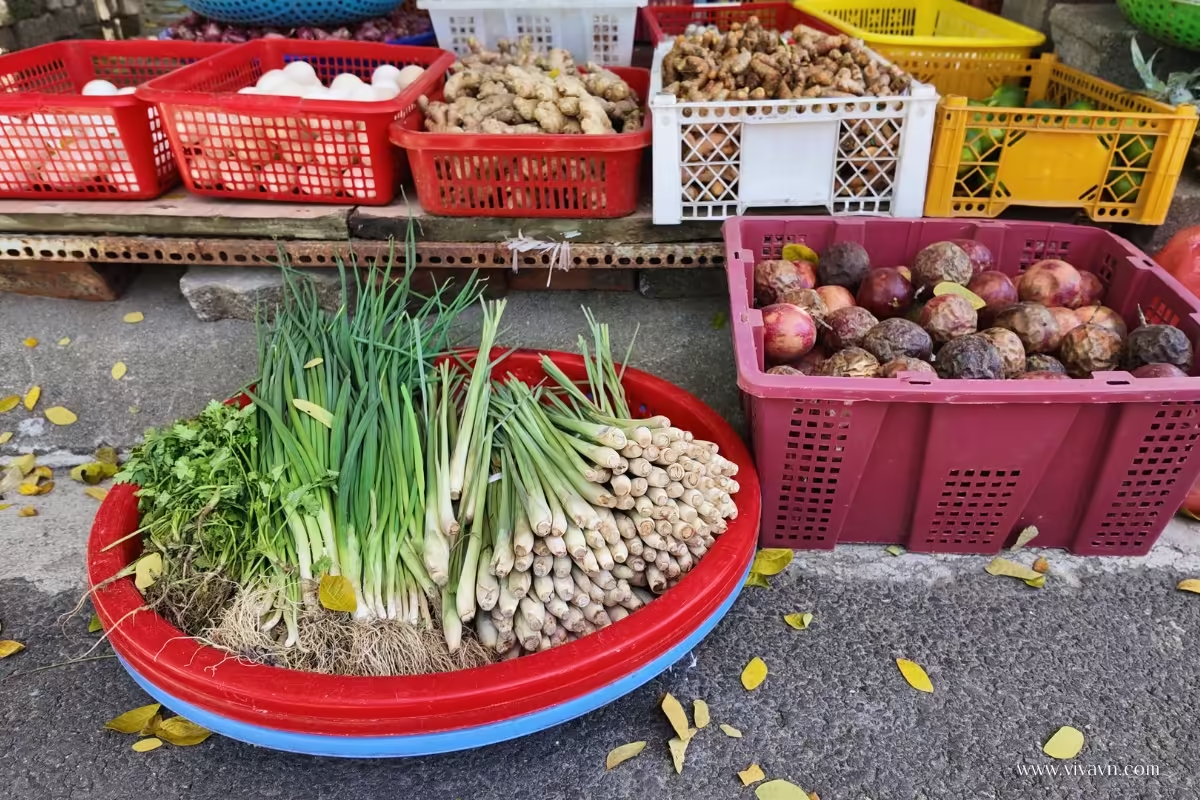
Lemongrass is displayed alongside other herbs and spices —essential ingredients in Vietnamese cooking.
Lemongrass in Vietnamese folk medicine
Note before we begin:
These traditional uses of lemongrass come from Vietnamese folk medicine, passed down through generations. While they remain popular today and are often part of home remedies, they haven’t been scientifically proven. So consider them cultural insights rather than medical advice.
Herbal steam remedy for colds
In Vietnamese folk medicine, lemongrass has been included in herbal steam remedies for relieving cold symptoms. A traditional remedy involves boiling lemongrass leaves, pomelo leaves, perilla (la tia to), and other herbs to create a pot of herbal steam. The person sits near the pot, making sure it’s placed safely to avoid spills, and covers both themselves and the pot with a large blanket. The enclosed steam helps open pores, promote sweating, and relieve congestion. This simple method, known as “xông”, is still practiced in many rural households.
Natural hair rinse
In Vietnam, lemongrass leaves are sometimes boiled together with other fragrant herbs like pomelo leaves to create a natural hair rinse. Once the herbal water cools to a warm temperature, it’s used to wash the hair. This traditional remedy is believed to help reduce dandruff, leave the scalp feeling refreshed, and give the hair a light, pleasant scent.
Lemongrass essential oil
Lemongrass essential oil is cherished not just for its fresh citrus scent but also for its calming and cleansing properties. In Vietnam, it’s commonly used to reduce stress and support better sleep—just a few drops in a diffuser can create a more relaxing, restful space. Thanks to its natural antibacterial properties, it also helps purify the air and eliminate odors, making it a popular choice for home wellness.
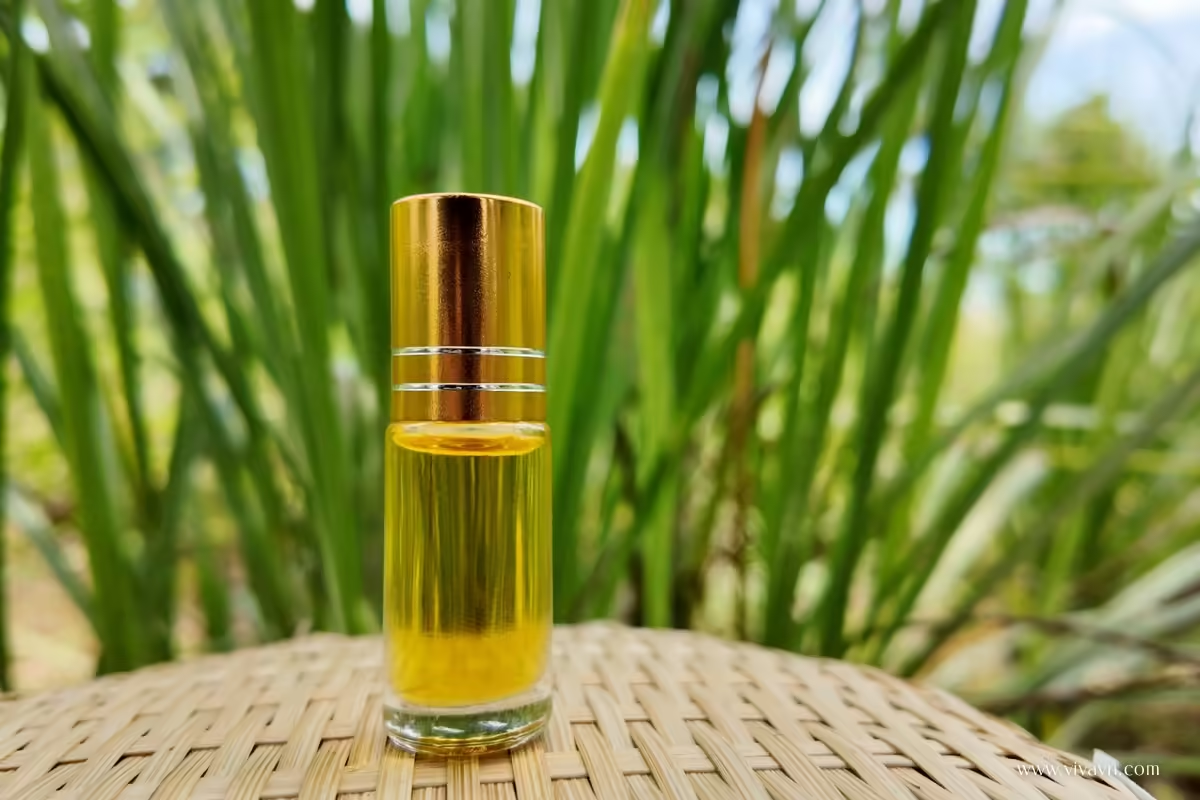
A bottle of lemongrass essential oil set against fresh lemongrass in the garden
According to Vietnamese health experts at Vinmec International Hospital, lemongrass essential oil may help relieve tension, improve sleep quality, and act as a natural disinfectant in indoor environments.
(Source: Vinmec International Hospital – Vietnam)
Frequently asked questions about lemongrass
What part of lemongrass do you actually eat?
The lower stalk is the most commonly used part in cooking. It’s peeled to reveal a tender core that’s chopped or bruised for maximum flavor.
Is lemongrass spicy?
Not really. It has a citrusy, lemony flavor with a hint of pepper, but it’s more aromatic than spicy. It enhances the dish without overpowering it.
How do I use fresh lemongrass in cooking?
Peel the tough outer layers, then finely chop or bruise the tender stalk. You can add it directly to soups, marinades, or teas.
Can you eat lemongrass raw?
You technically can, but it’s fibrous and tough. It’s best used cooked, steeped, or bruised to release its flavor.
Share on FacebookShare on X (Twitter)Share on PinterestShare on WhatsappShare on LinkedinShare on TelegramShare on Email
- https://www.youtube.com/@VivaVNOfficial
- https://www.facebook.com/vivavnofficial2024
- https://www.pinterest.com/vivavnofficial/
© 2025 VivaVN. All rights reserved.
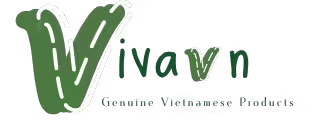

Leave a Reply